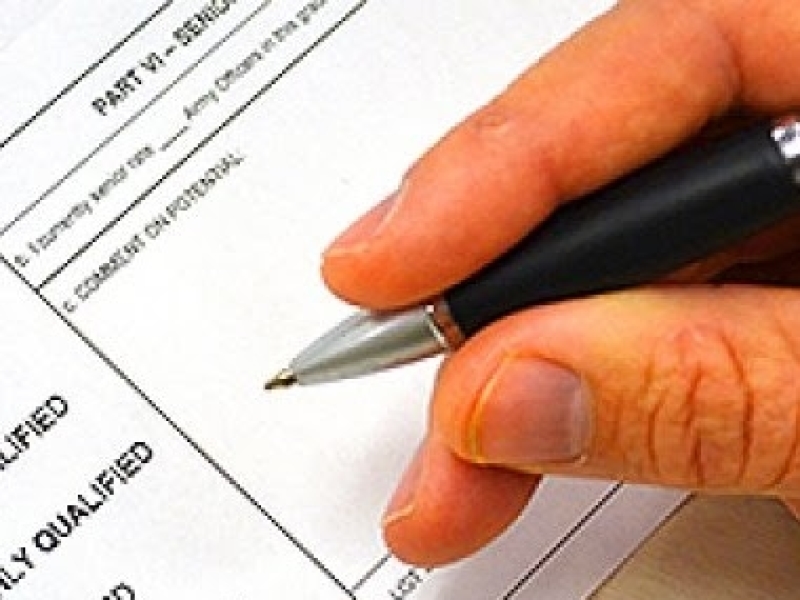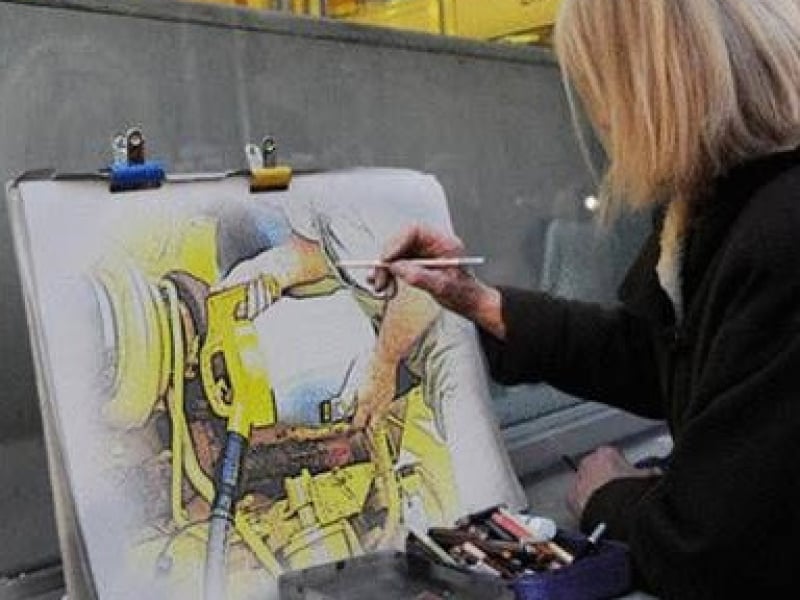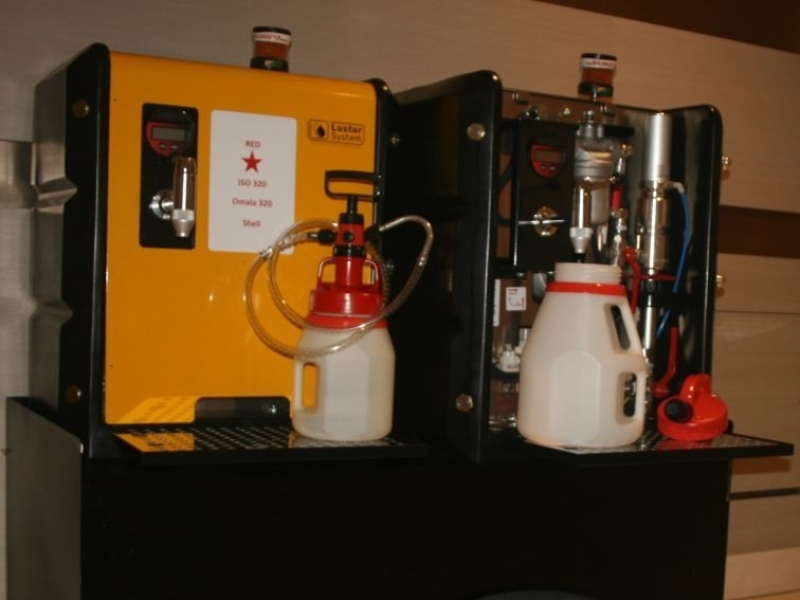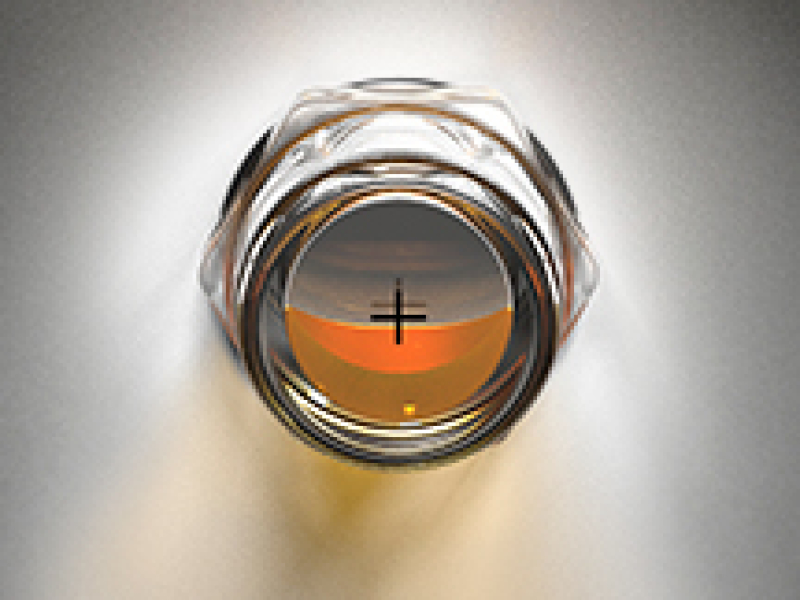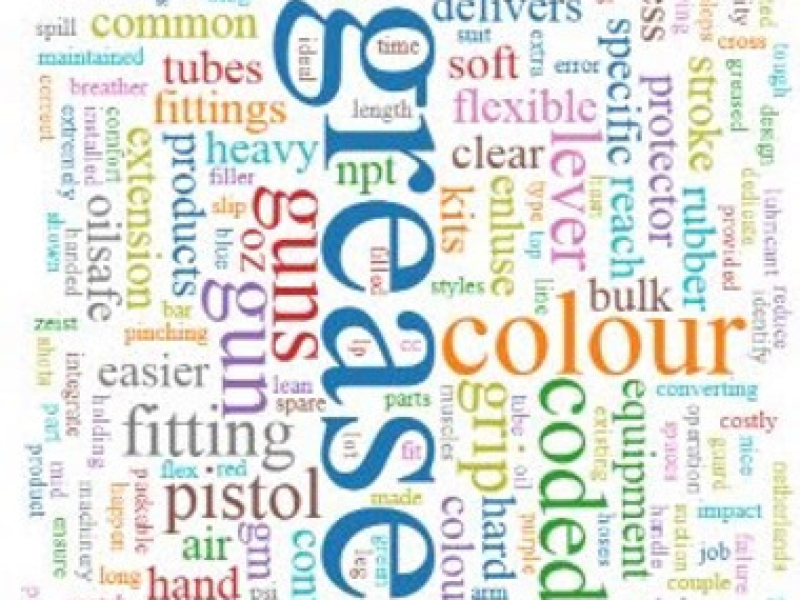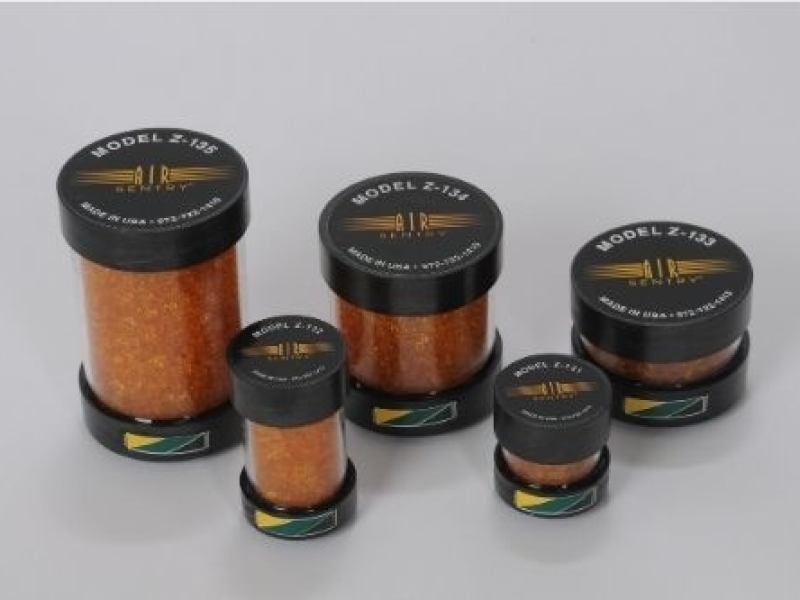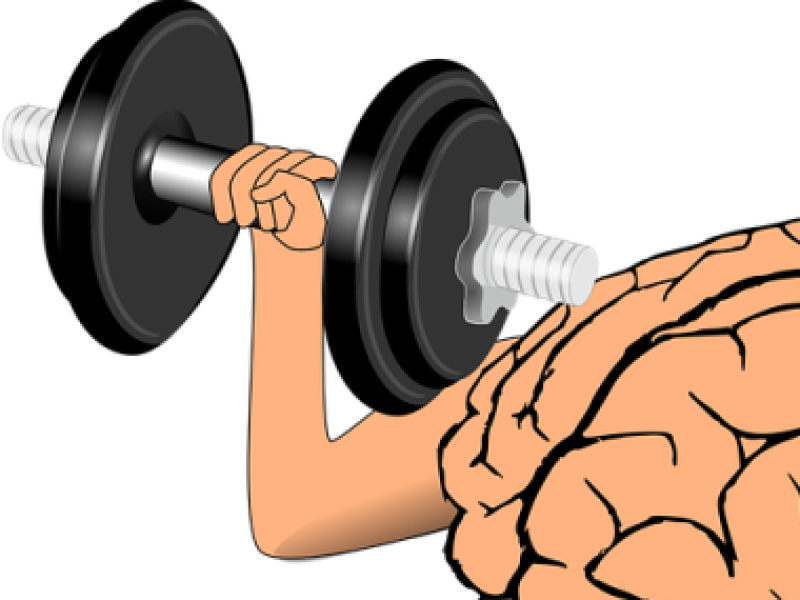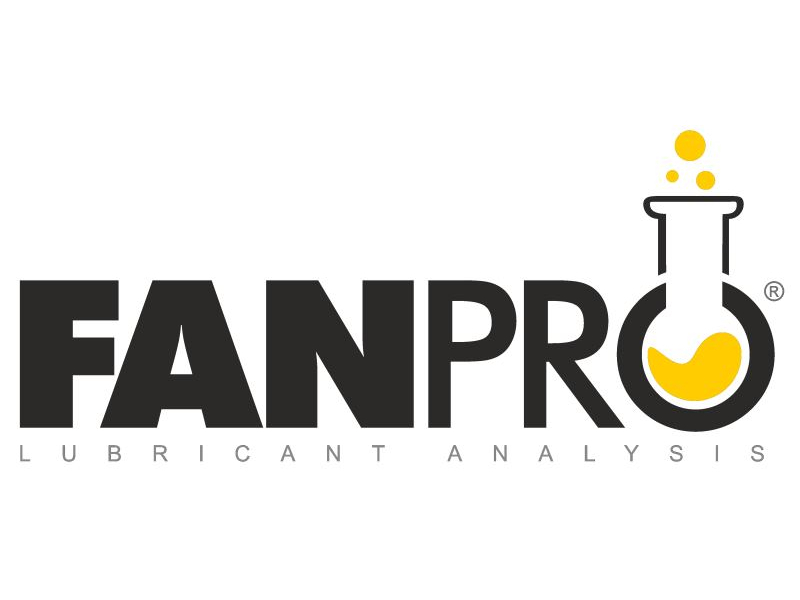The Level II MLT Body of Knowledge is an outline of concepts that one should have in order to pass the exam.
References from which exam questions were derived can be found in the Domain of Knowledge.
I. Maintenance Strategy (5%)
A. The impact of lubrication on machine reliability
B. The impact of lubrication on lubricant life and consumption
C. Maintenance program strategies for achieving lubrication excellence
II. Lubrication Theory (5%)
A. Friction & Tribology
1. Types of friction and wear
a) Wear modes and influencing factors
b) Machine frictional surfaces most at risk for specific wear modes (e.g., abrasion)
2. Mechanisms of Lubrication regimes
a) Boundary
b) Mixed film
c) Hydrodynamic
d) Elastohydrodynamic
B. Lubricant categories
1. Gaseous
2. Liquid
3. Cohesive
4. Solid
III. Lubricant Formulation (10%)
A. Base-oil Refining Methods and API categories
1. Solvent-refined
2. Hydro-treated
3. Severely Hydro-treated
4. Hydrocracked
B. Mineral Base Oils
1. Naphthenic
2. Paraffinic
3. Aromatic
C. Vegetable Base Oils & Biolubes
D. Synthetic lubricant characteristics/applications/compatibility
1. Synthesized hydrocarbons (e.g., Polyalphaolifins)
2. Dibasic acid esters
3. Polyol esters
4. Phosphate esters
5. Polyalkylene glygol
6. Silicones
7. Fluorocarbons
8. Polyphenyl Ethers
E. Food Grade lubricant Classification
F. Types and Functions of additives
G. Types and Functions of solid additives
H. Modes of additive depletion
IV. Grease Application and Performance (5%)
A. Grease applications requiring high consistency
B. Grease applications requiring low consistency
C. Causes of grease separation
D. Multipurpose greases
E. Performance and application of specific grease thickeners
F. High temperature greases
G. Coupling greases
V. Lubricant Selection (15%)
A. Viscosity selection/adjustments according to machinery condition/environmental conditions
B. When to use synthetic lubricants
C. When to use biodegradable lubricants
D. Lubricant consolidation
E. Select lubricating oils for:
1. Fire-resistant applications
2. Hydraulics – Mobile/industrial
3. Turbines
4. Compressors
5. Bearings
6. Chains/conveyors
7. Mist applications
8. Gears – Automotive/industrial
9. Engines – Diesel/Gas/Gasoline
10. Pneumatic tools
11. Spindles
12. Ways/slides
F. Selecting greases for:
1. Chassis
2. Couplings
3. Anti friction bearings
4. Journal bearings
5. Automotive bearings
6. Automatic Lubrication Systems
G. Lubricant Selection standards development
H. Procedures for testing and quality assurance of incoming lubricants
I. Procedures for approval of candidate lubricants
VI. Lubricant Testing and Performance Analysis (10%)
A. Viscosity
B. Flash/Fire point
C. Pour ASTM D97/Cloud point ASTM D2500
D. Foam ASTM D892
E. Air release properties ASTM D3247-99
F. Neutralization number
1. Acid Number ASTM D 664/D974
2. Base Number ASTM D 974/D2896
G. Filterability ISO 13357
H. Oxidation stability
1. Turbine Oil Oxidation Test ASTM D943
2. Rotary Pressure Vessel Oxidation Test ASTM D2272
I. Rust and Corrosion tests
1. Turbine Oil Rust Test ASTM D665
2. Copper strip corrosion ASTM D130
J. Anti-wear tests
1. Four ball wear test ASTM D2266
2. Vickers wear pump test ASTM D2882
3. SRV Test
K. Extreme Pressure
1. Four ball EP test ASTM D2596
2. Timken Extreme Pressure Test ASTM D2509
3. Falex EP/Wear Test ASTM D2670
4. FZG Four Square Gear Test Rig ASTM D5182.97
L. Demulsibility ASTM D 1401
M. Grease consistency ASTM D217
N. Dropping point of grease ASTM D2265
O. Mechanical Stability of greases ASTM D217A
P. Rolling Stability if Greases ASTM D1831
Q. Water washout test for greases ASTM D1264
R. Water spray test for greases ASTM D4049
S. Rolling bearing rust test ASTM D1743
T. Koppers Centrifugal Stability Test
U. Oil separation in grease storage ASTM D1742
V. Oxidation Stability – Greases ASTM D942
VII. Lubricant Application (15%)
A. Procedures for:
1. Oil drain
2. Reservoir/system flushing
3. Disassembling/cleaning reservoirs and sumps
4. Filling
5. Top-up
6. Grease packing
7. Re-greasing
8. Grease changeout
B. Determine/calculate correct amount for re-greasing
C. Determine/calculate correct frequency interval for re-greasing
D. Select and manage optimum equipment/systems for lubricant application according to machinery requirements
E. Safety/health requirements for lubricant application
F. Manage proper maintenance of lubrication equipment
G. Manage proper maintenance of automatic lubrication systems
H. Create/update lube survey
I. Record execution of lube program
J. Proactive management and detection of leaks
K. Waste oil/filters management/disposal
L. Writing a lubrication PM
VIII. Preventive and Predictive Maintenance (10%)
A. Creating and managing lube PMs and routes
B. Creating and manage lubrication inspection check list
C. Used oil analysis to determine optimum condition based oil changes
D. Used oil analysis to troubleshoot abnormal lubricant degradation conditions
E. Used oil analysis to troubleshoot abnormal wear related to lubricant degradation/contamination
F. Procedures and methods for identifying root cause of lubricant failure
G. Use of technology aids to determine optimum re-grease frequency/quantity (ultrasonic, temperature monitoring, shock impulse, etc.)
IX. Lubricant Condition Control (20%)
A. Proper sampling procedures
B. Proper sampling locations
C. Proper selection of breathers/vents
D. Proper selection of filters according to cleanliness objectives
E. Filter rating – Beta Ratio
F. Sump/Tank Management to reduce:
1. Air entrainment/foam
2. Particles
3. Water
4. Sediments
5. Heat
6. Silt/sediments
7. Unnecessary lubricant volume
G. Proper selection of reconditioning systems for:
1. Water
2. Air/gas
3. Particles
4. Oxidation products
5. Additive depletion
H. Lube reclamation
1. Requirements
2. Feasibility
3. Procedures for reclaiming/reconditioning
4. Use of oil analysis to approve reclaimed/reconditioned lubricants
X. Lube Storage and Management (5%)
A. Design optimum storage room
B. Defining maximum storage time according to environmental conditions/lubricant type
C. Safety/Health requirements
D. Proper sampling procedures/locations for sampling stored lubricants
E. Procedures for reconditioning/filtering stored lubricants

